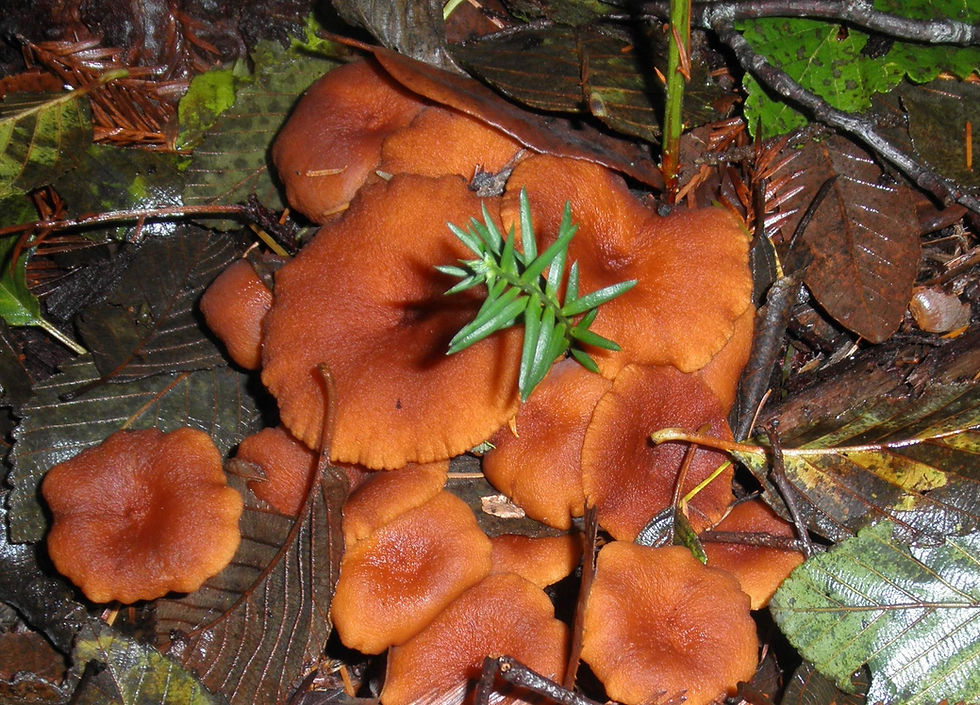top of page
Mushroom Recipes
Our FFSC members love to share recipes! Whether you're looking for something new to try at home or for one of our potlucks, here are some tasty recipes to experiment with.

Mushroom Bisque in a Teacup. Photo by John Spaur
bottom of page








_%20Photo%20by%20Hugh%20Smith.jpg)